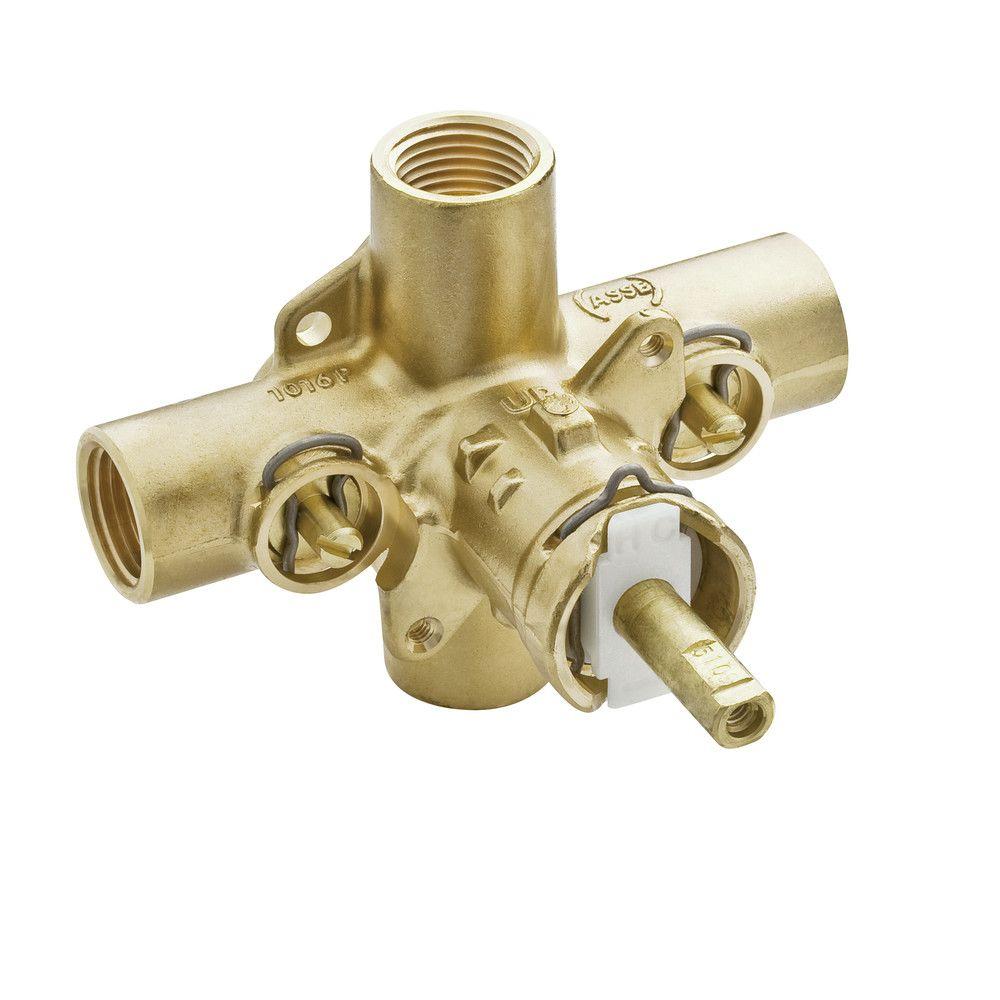Simple tips for Shower ValvePosted by Benjamin Dsoza on November 26th, 2018 The present is direct, in any case, comparatively likewise with anything in the bathroom business, there is a lot of overcomplicated dialects that can perplex the uninitiated. This guide will look at the refinement between valves that are thermostatically controlled, and those that are controlled physically.
Manual shower valves are poor and simple to use. Think of them as much like a bowl mono tap, where you tilt and turn a change to set stream and temperature. They are ordinarily appropriate for low and high weight, regardless of the way that is careful so as to check the weight rating as some of them have a diverter which can influence them to require high strain to get a not all that awful stream. The shower flow control valve is the best for when you changing your old shower valve. Customarily, a single switch will much of the time operate both the temperature and stream rate of the water. The key inconvenience with a physically controlled shower valve is that there is no 'thermostatic' control. In other words, if you're happy having a shower and someone turns a tap on or flushes the can somewhere else in the house, you might just breeze up moving around attempting to get out the technique for consuming hot or solidifying cold water. Decidedly horrendous, and not immaculate if you have energetic adolescents. Manual shower valves are fine if you live without any other person, or if you like the energize of neglecting to know precisely when an effect of solidifying water is in transit, anyway not great for most showering applications. Nonetheless, they end up being valuable when joined with a bath surge filler or possibly a pullout handset, two applications where thermostatic control of the water isn't particularly essential. Thermostatic Shower Valve The motivation behind a thermostatic shower valve is to give you correct control over the water temperature of your shower. A thermostatic shower valve is proposed to keep up water temperature inside a +/ - 2°C region so there is definitely not a recognizable difference in the temperature change when you're showering. If there is a sudden abatement in the moving toward the stream of hot or cold, the thermostatic valve will respond to compensate and keep an unfaltering temperature. If either hot or cold water crashes and burns, thermostatic valves will stop to turn away singing. Commonly, a thermostatic shower valve has 2 or 3 handles depending upon what number of outlets you have to control. One of the handles will be the self-governing temperature control. Once you've found the perfect temperature position, this would then have the capacity to be left, which implies you can have your optimal temperature shower every day of the week. Since there's not any longer a need to mess around with water temperatures or contribute time fiddling with the switches you can save time, water and essentialness. Thermostatic shower valves can also be painstakingly controlled for a more correct temperature. A remote control board can be set inside or outside your shower alcove so you require not to need to wander into a running shower to get that perfect temperature before you bob in. Like it? Share it!More by this author |


 Manual Shower Valves
Manual Shower Valves